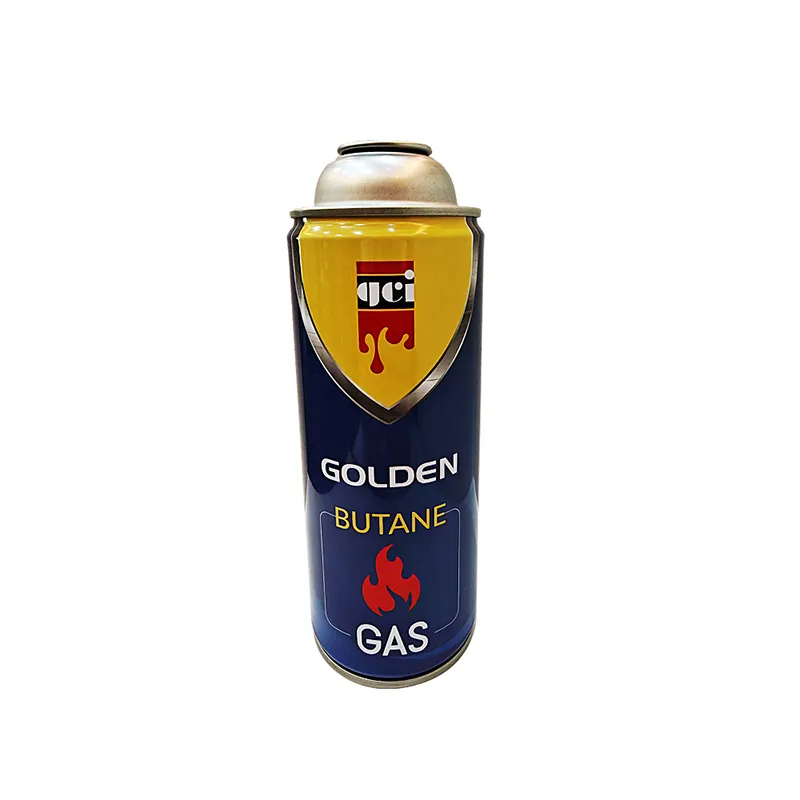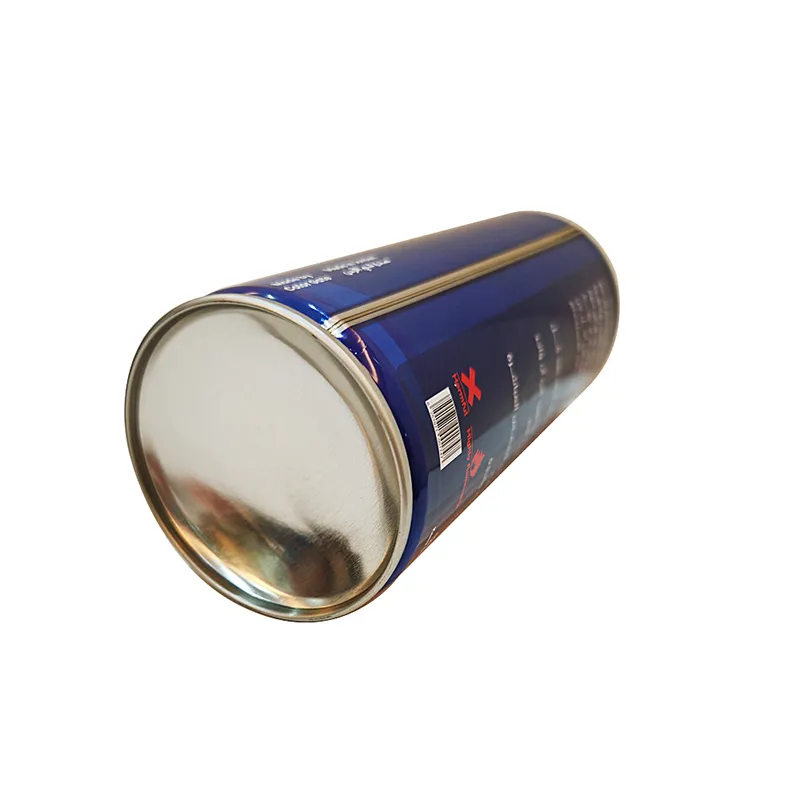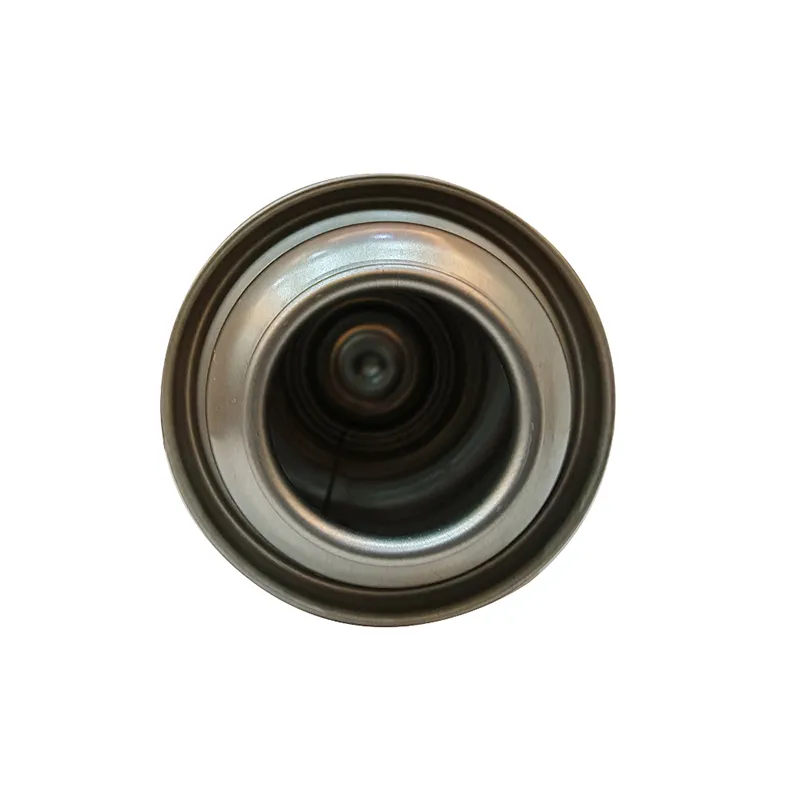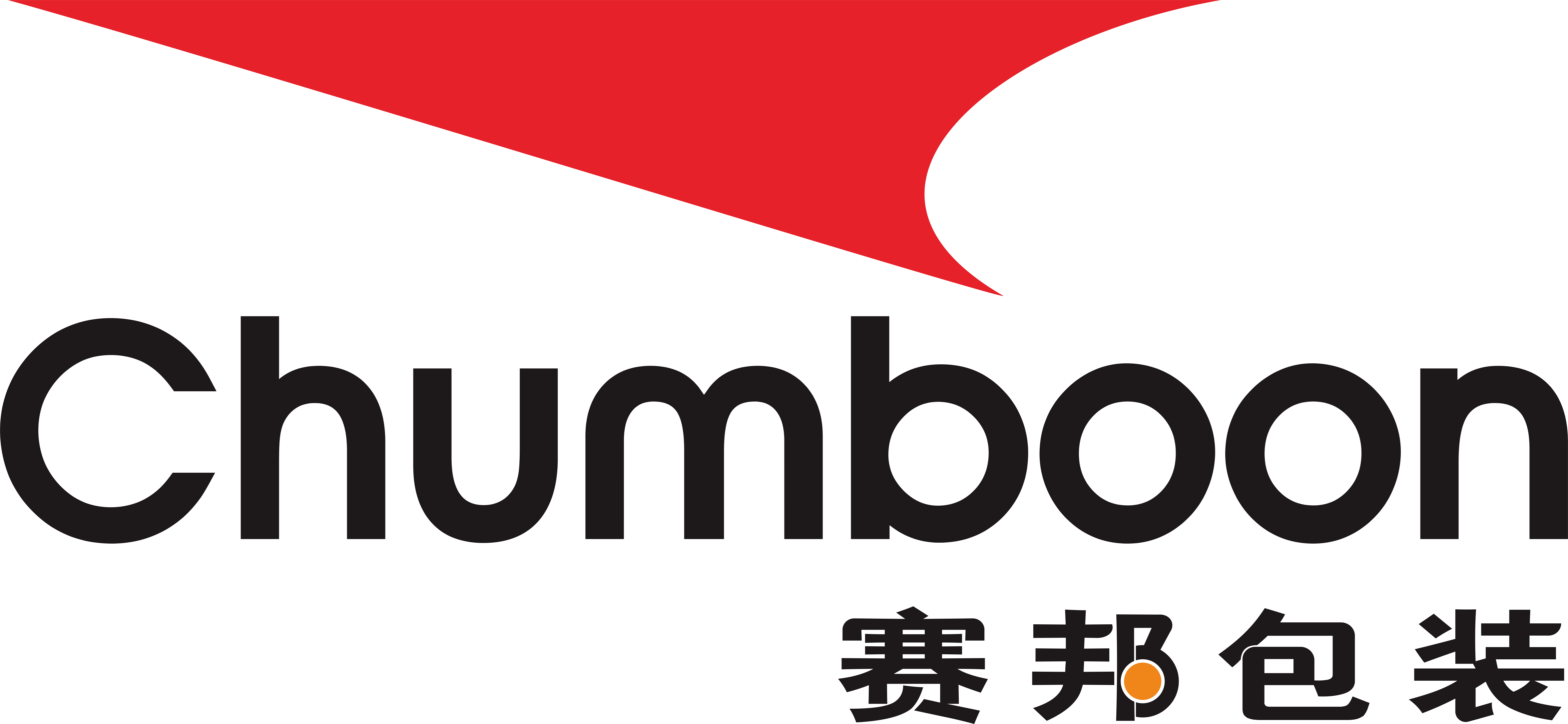As a global manufacturing power, China plays an important role in many fields. Aerosol cans, as a packaging product widely used in personal care, household cleaning, industrial use, and healthcare, are in increasing demand in the global market year by year. Aerosol cans made in China, with their high quality, low cost and large-scale production advantages, have gradually occupied an important position in the international market.
This article will systematically analyze the export status, market distribution, export volume, exporting country demand, manufacturing standards, and challenges and opportunities faced by China's aerosol cans.

The rise of China's aerosol can industry
Aerosol cans, due to their convenience and versatility, have huge demand in the consumer markets of various countries around the world. As one of the important consumer product packaging materials, it is widely used in the packaging of air fresheners, hair sprays, insecticides, paint sprays and other products.
The rise of China's aerosol can industry is mainly due to the following factors:
1. Mature manufacturing industry chain: China has a complete metal products and chemical products manufacturing industry chain, especially in the production of metal materials such as tinplate and aluminum, with strong supply capabilities. This provides sufficient raw material guarantee for aerosol can manufacturing.
2. Cost control advantage: Compared with European and American countries, China's manufacturing costs are relatively low, especially in terms of labor, production equipment and raw material supply. This makes aerosol cans made in China very competitive in the international market.
3. Technological progress: With the continuous upgrading of technology, China's aerosol can manufacturers have invested a lot of resources in automated production lines, improving production efficiency and product quality. In addition, the environmentally friendly design and innovative processes of aerosol cans are gradually catching up with international levels.
Based on these advantages, China's aerosol can exports have continued to grow and become one of the world's major aerosol can suppliers.

How is the export of aerosol cans made in China?
China's aerosol can exports have been in a state of continuous growth in recent years. According to incomplete statistics, China's aerosol can exports have increased by about 20% in the past five years. With the continuous expansion of global demand for aerosol products, especially in the fields of hygiene, personal care and industry, the demand for aerosol cans has also increased.
Specific data shows that China exports more than billions of aerosol cans each year, covering a variety of categories from ordinary household aerosol cans to industrial high-pressure aerosol cans. Among these exports, metal aerosol cans account for a considerable proportion, especially aluminum and tinplate aerosol cans, which are favored by the international market due to their stable quality and strong adaptability.
Main export countries and regions
The main export markets for Chinese aerosol cans are widely distributed in many regions around the world, covering Asia, Europe, North America, Latin America and Africa. The demand characteristics and uses of Chinese aerosol cans in each region are different. The following is an analysis of the main export countries and regions:
1. European market: Europe is one of the main export markets for Chinese aerosol cans, especially the United Kingdom, Germany, France, Spain and other countries. Europe's demand for aerosol cans is concentrated in daily chemical products, personal care products and cleaning products. European countries have strict requirements on product quality and environmental protection, so aerosol cans exported from China often have to meet high standards of environmental protection and safety certification. Despite this, with excellent cost-effectiveness and good supply capacity, Chinese aerosol cans still occupy an important position in the European market.
2. North American market: The United States and Canada are another major export destination for Chinese aerosol cans, especially in terms of industrial aerosol cans and cosmetic aerosol cans. The North American market has high technical requirements for aerosol cans, such as can pressure resistance and spray uniformity. Therefore, aerosol cans exported to North America are mostly high-quality and high-tech products.
3. Asian market: In addition to China, the demand for aerosol cans in other Asian countries and regions such as Japan, South Korea, and Southeast Asia is also growing year by year. The Asian market has a particularly prominent demand for aerosol cans in the fields of personal care, food, and medicine. Due to the close geographical location and relatively low transportation costs, the price competitiveness of Chinese aerosol cans in the Asian market is more significant.
4. Latin American market: In recent years, Latin American countries such as Brazil and Mexico have significantly increased their demand for aerosol cans, especially in industrial fields such as chemicals and spray paints. The aerosol can market in these countries is relatively new, and their local production capacity is limited, so they rely on imports. As the main supplier, China has filled the demand gap in this market.
5. African market: Although the African market has huge market potential, the current demand for aerosol cans is still relatively limited. With the gradual development of African economies, China's exports of aerosol cans to Africa are mainly concentrated in low-end consumer goods such as pesticides and detergents.
Quality standards and supervision of exported aerosol cans
Aerosol cans exported from China, especially those exported to high-standard markets such as Europe, the United States and Japan, must meet strict local quality standards and regulatory requirements. Common international standards and certifications include:
1. ISO standards: Aerosol can-related standards formulated by the International Organization for Standardization (ISO), such as ISO 9001 (quality management system certification), ISO 14001 (environmental management system certification), etc., and aerosol cans exported from China must meet these standards.
2. European Aerosol Alliance Standard (FEA): Aerosol cans exported to Europe must meet the safety and environmental protection requirements of FEA, including the materials of aerosol cans, the design of sprayers, and pressure resistance.
3. US DOT certification: The US Department of Transportation (DOT) has very strict requirements for the transportation of aerosol cans, especially the safety and transportation regulations of tanks for flammable gases or chemicals. Aerosol cans exported from China to the United States need to pass relevant certifications to ensure their safety during transportation.
4. Environmental protection and safety requirements: With the global attention to environmental issues, China's exported aerosol cans need to comply with the environmental protection regulations of various countries. For example, Europe requires that aerosol cans cannot contain chlorofluorocarbons (CFCs) and must also meet recyclability standards.

What are the challenges facing aerosol can exports?
Although China's aerosol can exports continue to grow, the industry is also facing many challenges.
1. Increasingly stringent environmental regulations: With the global emphasis on environmental protection, many countries have gradually increased their environmental protection requirements for aerosol cans. For example, many countries have begun to restrict products containing volatile organic compounds (VOCs), while also putting forward higher requirements for the recyclability and waste treatment of aerosol can materials. This means that Chinese aerosol can manufacturers need to increase environmental protection investment and upgrade production processes to meet the environmental protection requirements of the international market.
2. Trade barriers and tariffs: In recent years, international trade frictions have intensified, and some countries have set tariffs and non-tariff barriers against Chinese-made products. In particular, aerosol cans exported to the United States and Europe may face higher import tariffs or more complicated inspection procedures, which increases the costs and risks of exporting companies.
3. Intensified competition in the international market: Although China has strong competitiveness in the field of aerosol can manufacturing, the aerosol can production capacity of other countries and regions is also constantly improving. For example, low-cost manufacturing industries in countries such as India and Vietnam are rising and gradually becoming competitors of Chinese aerosol cans.

